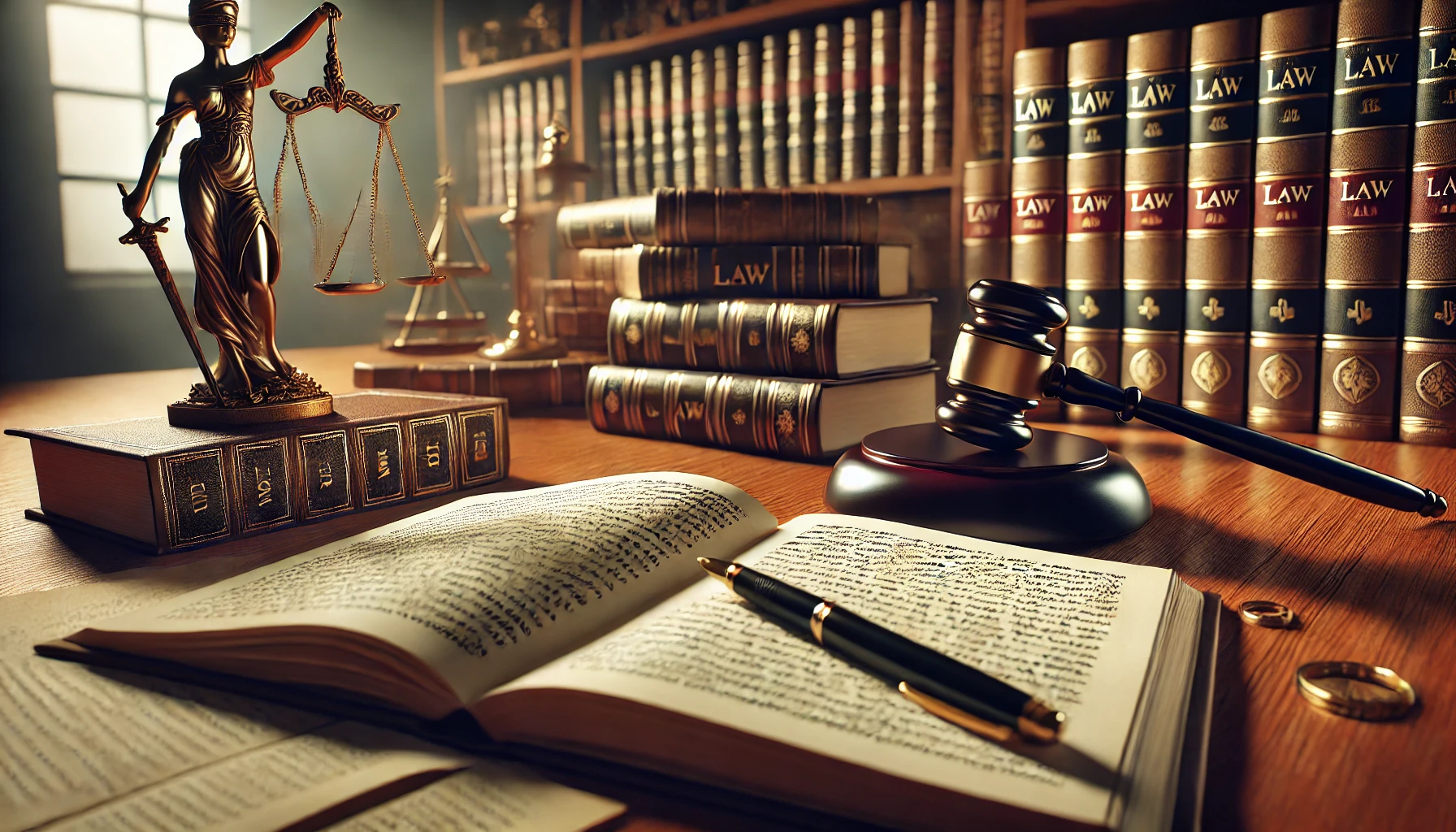Author Details:-
Srimathi Srinivasan
UG STUDENT, B.A., LL.B., III YEAR
CHENNAI Dr. AMBEDKAR GOVERNMENT LAW COLLEGE, PUDUPAKKAM.
UNDERPINNING THE PATENTABILITY OF LIVING ORGANISMS AND BIOTECHNOLOGY-AN INCEPTION from DIAMOND v. CHAKRABARTY
Citations: Diamond v. Chakraborty, 447 U.S. 303 (1980)
Appellant: Diamond, Commissioner of U.S. Patents and Trademarks Office (USPTO).
Respondent: Ananda Mohan Chakraborty
Bench: United States Court of Customs and Patent Appeals
Coram: Chief Justice Burger, Justice Stewart, Justice Blackmun, Justice Rehnquist, Justice Stevens, Justice Brennan, Justice White, Justice Marshall, Justice Marshall
Judgment Date: June 16, 1980
INTRODUCTION:
The patentability of living organisms has always been a subject matter of controversy. The primary foundation of Intellectual Property Laws (hereinafter referred to as “IP” Laws) is that the products of law cannot be patented. However, to protect the regulation of the innovation cycle with the inclusion of technology and science, the traditional and stigmatized IP mechanism has to update itself. One such advent was made by the United States Supreme Court (hereinafter referred to as “the court”) in the case Diamond v. Chakraborty established that living things in certain circumstances are patentable. A case of a genetic engineer whose invention i.e., a genetically engineered bacterium which breaks down crude oil, is rejected from patenting by the Patent Office Board of Appeals. The genetically engineered bacteria are capable of bioremediation as they show resistance to the environment and their non-pathogenic nature. which was generated The Hon’ble Supreme Court delivered an evident and distinct judgment and manifested its connotation regarding the IPR regime. The interpretation by the court stood as a testament for almost forty-four years and had immense implications on the field of biotechnology and resulting paradigm shift in the fields of biotechnology, genetic engineering, technology and science.
FACTS OF THE CASE:
The respondent Chakraborty is a microbiologist and he had filed a patent application in 1972. He asserted 36 claims in relevance to his invention of the bacterium Pseudomonas which has a minimum of two stable energy-generating plasmids which can separate hydrocarbon degradative pathways. The respondent asserted claims in three classifications. They are 1. The process and methods of producing the bacteria, 2. The inoculum is comprised of carrier material like straw and the new bacteria, 3. The bacteria itself. The patent officer rejected the claim for the bacteria itself. Because the micro-organisms are considered the product of nature and the living things are not patentable subjects. Thus the respondent appealed to the Patent Office Board of Appeals and the Board rejected the claims of the respondent and affirmed the views of the patent examiner. The Court of Customs and Patent Appeals reversed the decision of the authority regarding the decision of In re Bergy, which held that “the fact that microorganisms are alive … without legal significance” for the patent law. The Court of Customs and Patent Appeals considered the case in Bergy with the judgement in Chakraborty. The court granted the writ of certiorari as granted in Bergy. Finally, the Commissioner of the U.S. Patent and Trademark Office (USPTO) appealed to the Supreme Court of the United States.
ISSUES RAISED:
- Whether the bacteria patentable when the Plant Variety Protection Act of 1970 excludes bacteria from its protection?
- Whether the micro-organisms qualify as patentable subject matter?
- Whether the scope of the Patent Act of 1952 is wide enough to grant patents to the process which includes living organisms?
- Whether the bacteria created by the respondent, Chakraborty constitute “manufacture” or “composition of matter” within the statute?
- Whether the terms “manufacture” or “composition of materials” to be interpreted strictly within the meaning of the stature or can be construed liberally?
ARGUMENTS:
Contentions put forth by the appellant: The cause of the appellant was argued by the Deputy Solicitor General and along with him, the briefs were put forth by Solicitor General McCree, Assistant Attorney General Shenefield, Harriet S. Shapiro, Robert Nicholson, Frederic Freilicher, and Joseph Nakamura. They argued that the enactments of the Plants Patents Act of 1930 afford protection to certain plants which reproduce asexually and the Plant Variety Protection Act of 1970 explicitly excludes bacteria from patenting. They further enunciated that the terms “manufacture” and “composition of matter” of the statutes do not comprise living things. The second argument of the appellants is that the micro-organisms failed to qualify as patentable subjects. They relied on the judgment of Parker v. Flook, stating that the judiciary must proceed cautiously when asked to extend patent rights into areas unforeseen by Congress.” The appellants disagree with the contentions of the respondent that such patenting will amount to grave risks by the research of the respondent. They quoted the suggestions of the scientists that generic research may impose a serious threat to the human race. They finally submitted that sometimes humans cannot control whatever they invent.
Contentions put forth by the respondent: The cause of the respondent was argued by Junior Edward F. McKee and the briefs were presented by Leo I. Malossi, Junior William E. Schuyler, and Dale Hoschei. The arguments of the appellants were disagreed by the court in its opinion. The arguments of the respondent revolved around the absence of legislative history and evidence for the exclusion of bacteria from patent protection and highlighted the congressional reflection on the absence of technology during the period of enactment.
REASONING OF THE COURT:
The court rejected the claims of the appellants and put forth two factors which were the reasons to remove the plants from patent protection before 1930. They are the plants that are the product of nature and also as held by the Latimer case. Additionally, the plants were not amenable to the written description of the law. The court reiterated the views of Congress that the distinctions were not between the living and non-living but rather between the product of nature or human-made inventions. The court said that the respondent’s micro-organism is the result of human ingenuity and research. The court does not find anything supporting the position supporting the arguments of the appellants.
The court commented that the power to legislate lies with Congress and that it has performed the constitutional role of defining the patentability of the subject under Section 101. The subject matter has to be interpreted in considering the statutory goal to promote the progress of science and arts. The court quoted the committee report of 1952 that was intended to include any things under the sun that are made by man. The court asserted that section 101 does not embrace every discovery and compared with the case Funk Brothers Seed Co. v. Kalo Inoculant Co. In Funk’s case, the patentee discovered the existence of certain root nodules in the bacteria and the court ruled non-patentable because the patentee had discovered only the work of nature. But the respondent’s case is different.
JUDGMENT:
The United Nations Supreme Court held that the respondent’s micro-organism qualifies as patentable subject matter. Because the respondent’s claim was not an unknown natural phenomenon, but a non-natural manufacture or composition of matter. It is a product of human ingenuity which has a distinct name, character, and use. Finally, the court held that a live, human-made micro-organism is patentable subject matter under Section 101. The respondent’s micro-organism constitutes a “manufacturer” or “composition of matter” within the statute as held in the Hartranft v. Wiegmann case. The expansive of the terms are modified comprehensively and the Congress contemplated that the patent law must be widely interpreted. The fact of genetic technology remained unforeseen by the Congress and the ambiguous language fairly embraces the respondent’s inventions.
CRITICAL ANALYSIS:
The holding of the Diamond v. Chakraborty case opened the floodgates of claiming patents in the biotech industry. This judgment had equitable and opposite effects after the enforcement. The genetically modified agricultural products by the results of DNA modification are considered patentable. After which in 1930 and 1993, the Monsanto company also filed patents describing the genetically modified plants, which led to the expansion even outside the U.S. On one side, significant benefits are vested in society, and farmers through wages, yield, and economy. The judgment highlights the significance that in the matter of patenting, the question of whether a thing is alive or not and a product of nature or human invention is irrelevant.
Another important aspect of the case is the wide interpretation of the court in terms and criteria of “manufacturer” or “composition of matter” in the statutes. The judgment also extends its influence in the further decided case law where the non-patentability of natural phenomena and substances is confirmed in Myriad’s and Mayo’s case.
CONCLUSION:
The judgment formed incentives and motivation to researchers in creating more genetically engineered, biotechnology involving seeds & crops. On the other hand, Monsanto sued farmers on the grounds of violation of their exclusive IP rights, etc., The judgment imparted effects on the society and international IPR regime by virtue of various similar research and inventions done in Europe and Asia. The judgement is also reflected in the increased industry marketing and the total number of patents in the United States. Transparently, the biotechnology industry gains revenue of around 300 billion dollars. The judgment also clarified the ambiguity that existed around the patent mechanism, which paved the way for legislative changes.
- Diamond v. Chakraborty, 447 U.S. 303 (1980)
- Matthew Jordan, Neil Davey, Maheshkumar P. Joshi, & Raj Davé, Forty Years Since Diamond v. Chakrabarty, Centre for the Protection of Intellectual Property, January 2021



Leave a Reply